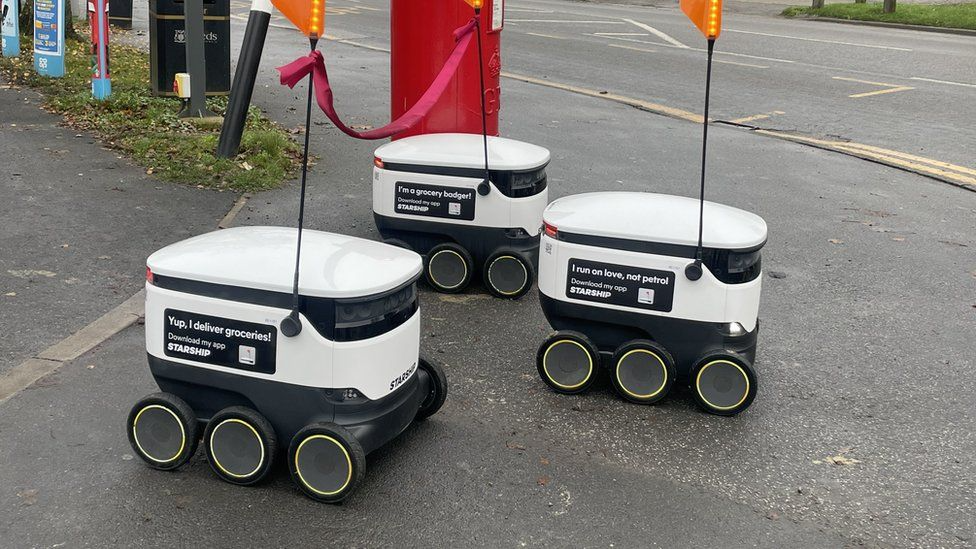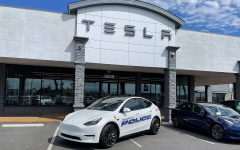
The Rise of Delivery Robots: From College Campuses to City Streets
By TheNevadaGlobeStaff, August 15, 2023 4:31 pm
LAS VEGAS – The traditional image of a pizza courier arriving at your door is rapidly evolving as technology continues to reshape the world of deliveries. While automated delivery options have become familiar on college campuses, the prospect of these robots navigating city streets has raised new questions.
Across the United States, college campuses have witnessed the introduction of futuristic “coolers on wheels” equipped with antennas, autonomously navigating sidewalks. Starship Technologies, among others, is at the forefront of this trend. With a presence in various UK cities, American universities like Arizona State, Northern Arizona University, and even locations in Estonia, where the company is based, the concept is gaining traction.
However, not all forays into this arena have been smooth. Yandex, a company engaged in similar ventures, suspended its robot deliveries at the University of Arizona in March 2022 due to its Russian ties and the Ukraine conflict.
According to Starship CEO Alastair Westgarth, demand for these delivery bots has surged, especially in the aftermath of the COVID-19 pandemic. These robots are hailed for their sustainability, zero emissions, and minimal road space usage compared to conventional vehicles or bicycles. Customers can unlock the robot’s cargo by entering a password, making the process seamless.
Bill Ray, an analyst at Gartner, emphasizes that the viability of robot delivery hinges on the deployment environment. Corporate campuses, college settings, and communities with ample sidewalks are favorable locations. He predicts rapid growth in these areas.
While instances of robot-related issues are rare, occasional challenges like groups of kids attempting to confuse the robots have surfaced. Starship briefly suspended service at the University of Pittsburgh in 2019 after a robot blocked wheelchair access to a ramp. After addressing the concern, deliveries resumed.
Although delivery robots glide at an average speed of 5 miles per hour, their integration into city streets remains uncertain. A McKinsey report highlights price per unit as a significant challenge alongside potential obstacles like potholes and human interactions. Only time will reveal if these robots can successfully transition from college campuses to bustling urban landscapes.
Credits: Fox 5 Vegas
Copyright 2022 702 Times, NV Globe. All rights reserved.




